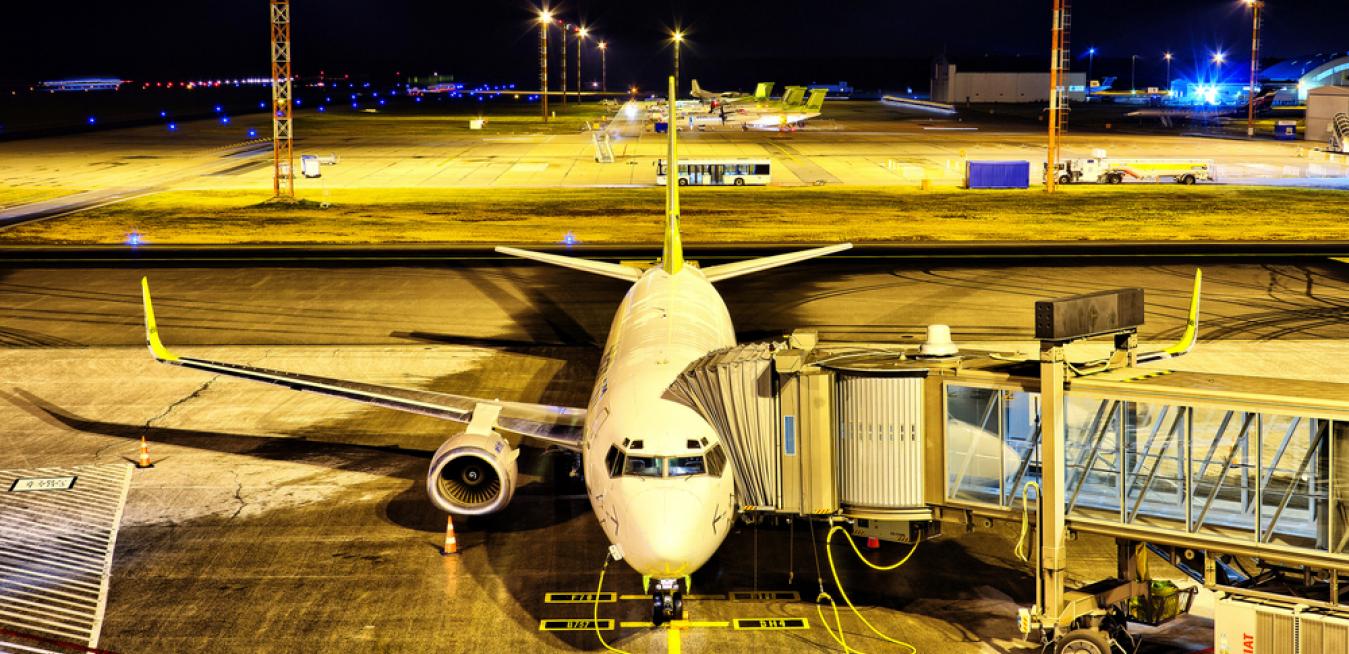The aviation industry must work together to achieve sustainable growth, sharing the burden as well as the benefits.
With the Millennium Development Goals having now given way to the Sustainable Development Goals (SDGs) and the narrative for development shifting further towards a range of sustainability issues, it is worth taking stock on how the aviation industry is contributing to achieving them. SDG 8: ‘decent work and economic growth’ and SDG 9: ‘industry, innovation and infrastructure’ are natural bedfellows of our global industry which connects the world, supports 58 million jobs and $2.4 trillion in GDP, transports half of all tourists and a third of world trade by value. But it is our role in meeting the challenge of SDG 13: ‘climate action’ that is playing an increasingly central part of aviation’s future strategy.
The social and economic benefits of air transport are clear. It connects the world like no other mode of transport, supporting businesses and families across the globe. However, these benefits come with an environmental cost. Liquid fuels are the only source of power capable of generating enough thrust to lift an aircraft off the ground. Nonetheless, the industry knows it has a responsibility to address the issue of CO2 emissions and it is a responsibility that we are meeting head-on.
So what can a vast global industry like aviation do to mitigate its impact on the environment and ensure that we play our part in SDG 13? The most important thing is to work together. In a hugely competitive industry like ours, it is vital that we have shared goals, allowing all sectors of the industry, be they airlines, airports, manufacturers or air navigation service providers, to take on their share of the burden, but also benefit from the opportunities.
At the centre of this collaborative effort on climate are our three global goals, which were agreed in 2008 and which represent one of the first global sets of climate aspirations of any industry in the world. The goals are:
- To achieve a 1.5 percent average annual fuel efficiency improvement from 2009 to 2020 (a goal which is already being more than met);
- Stabilize net CO2 emissions at 2020 levels, with carbon-neutral growth thereafter;
- Reduce aviation’s net CO2 emissions by 50 percent, using 2005 as the benchmark.
These goals will be achieved through a four pillar strategy, based around: new technology (including the development and commercialization of sustainable alternative fuels), more efficient operations, improved infrastructure and, finally, a global market-based measure (MBM) for aviation emissions.
The first three of the pillars have been continually reinforced over the years, with new, more fuel efficient aircraft and engines flying on more efficient routes, supported by better infrastructure. These pillars will carry on being developed, with sustainable alternative fuels coming more to the fore, an increased uptake of alternative energy at airports, and navigation systems that allow aircraft to fly the optimal route and avoid fuel waste. For a flavor of the many individual climate actions taking place within aviation, the http://www.enviro.aero website has examples of what all sectors of the industry are doing all over the globe.
Now, all eyes are on political developments at the UN specialized aviation agency, ICAO, where an historic deal on the global MBM is due to be agreed next year. Industry members have been fully engaged and supportive of this process, but we now need governments to play their part and finalize a fit-for-purpose, workable MBM at the ICAO Assembly a year from now.
If we can keep working towards these goals through the four pillar strategy, with the support of governments and other institutions, aviation will be fully able to both make its contribution to achieving SDG 13. But we will achieve it whilst continuing to play our vital role in global sustainable development.
(Top image: Courtesy of Thinkstock)
This piece first appeared in the WEF Agenda blog.
 Michael Gill is Executive Director of the Air Transport Action Group.
Michael Gill is Executive Director of the Air Transport Action Group.




